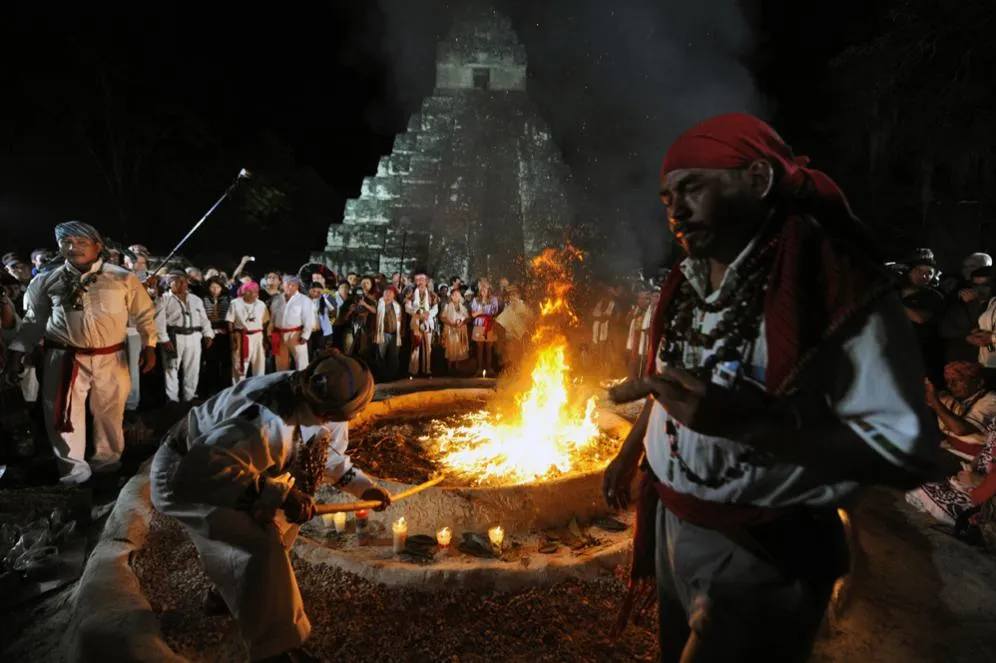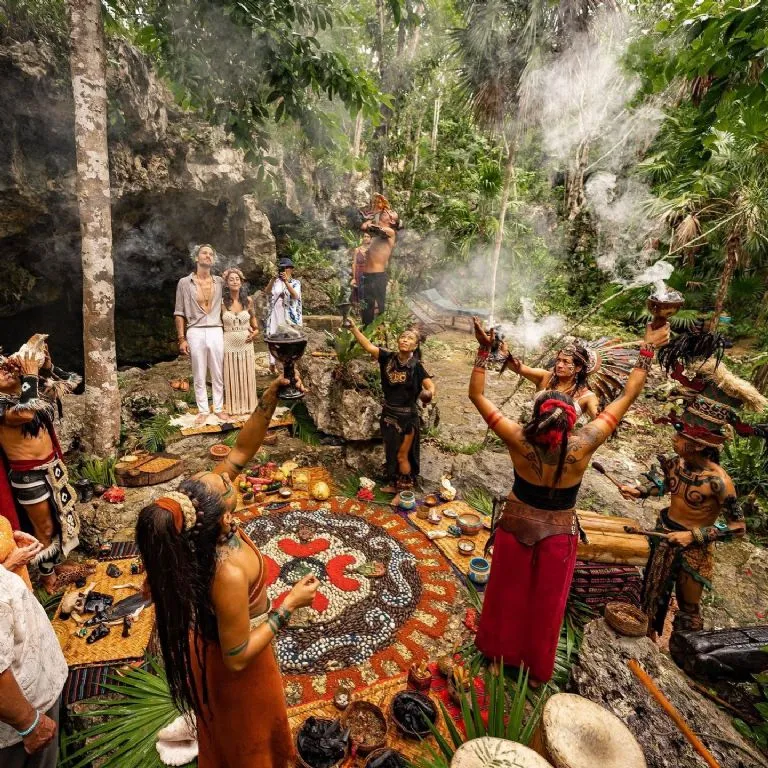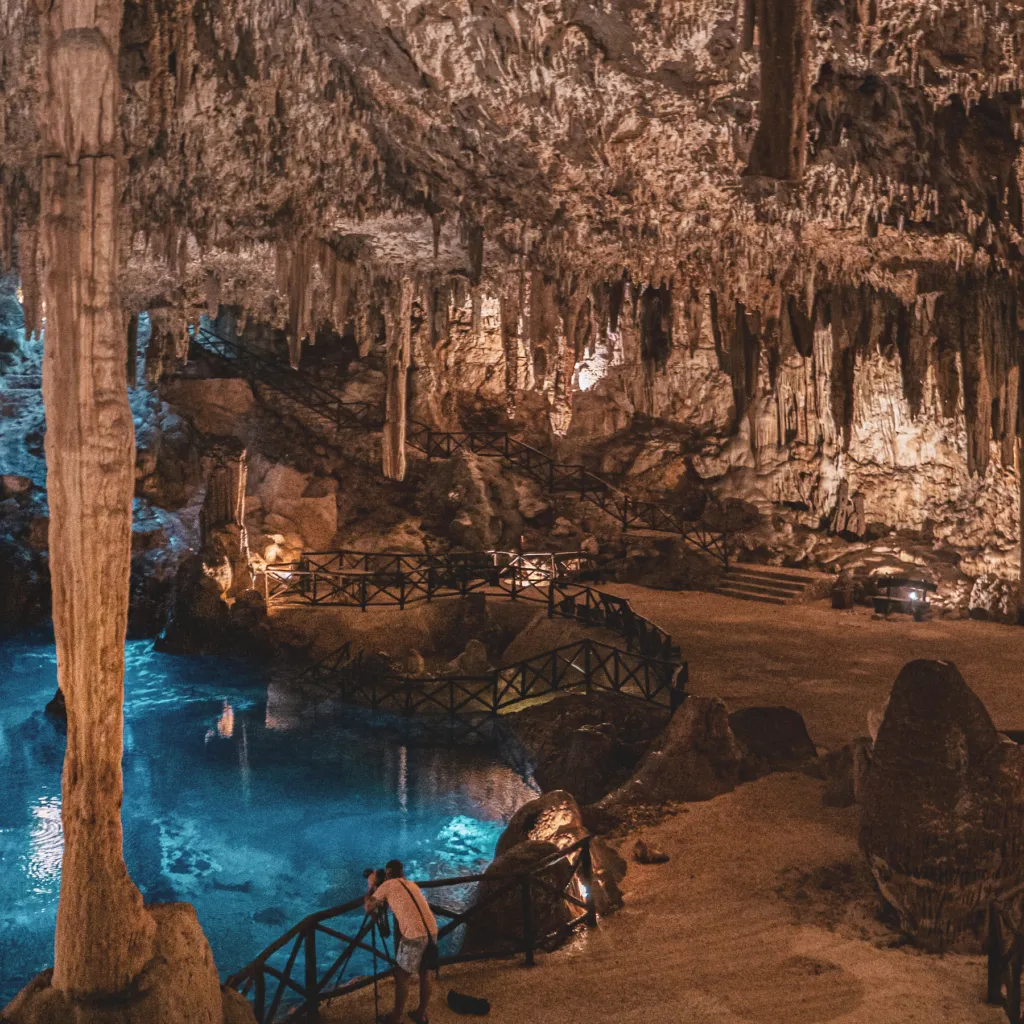The Maya were one of the most advanced and mysterious civilizations in human history. Their cultural, scientific, and artistic legacy continues to amaze and captivate millions of people worldwide. Among the most striking aspects of their culture are Maya ceremonies and rituals, which reflected their profound connection with nature, gods, and the cosmos.
In this article, we invite you to learn more about the ceremonies and rituals of Maya culture—exploring their meanings, types, and offerings. You'll be amazed by the richness and complexity of these ancient practices, which reveal a worldview vastly different from our own.

What were the ceremonies and rituals of Maya culture?
Ceremonies and rituals in Maya culture were profound manifestations of their religiosity and spirituality. Through them, they sought to establish direct contact with the Supreme Being, Creator of Heaven and Earth, as well as with other deities who governed vital aspects of the universe.
These rituals not only served spiritual purposes but also practical ones, such as ensuring good harvests, preventing disasters, maintaining cosmic order, commemorating important events, and honoring ancestors. For the Maya, everything in existence possessed a vital or spiritual force, and it was crucial to maintain balance and harmony among all beings and elements.
Maya ceremonies and rituals were conducted in sacred sites such as temples, pyramids, caves, cenotes, and plazas. These ceremonial centers were reserved for the elite and individuals with special roles, such as rulers, priests, warriors, astronomers, and artists.
Based on their advanced knowledge of calendars, writing, astronomy, and mathematics, the Maya followed two main calendars: the Tzolkin, a 260-day ritual calendar, and the Haab, a 365-day civil and agricultural calendar. Additionally, they used the Long Count to measure time from the creation according to their mythology.
Guided by solar, lunar, planetary, and stellar cycles, the Maya meticulously recorded and observed these celestial bodies, believing in their influence over human destiny and nature. They used hieroglyphic writing on stelae, codices, pottery, and walls to document ceremonies, rituals, histories, and genealogies.
Maya rituals included verbal and bodily expressions such as chants, prayers, dances, gestures, postures, attire, and masks, all with symbolic and ritualistic meanings that made sense within their beliefs. They used various objects and instruments such as censers, knives, mirrors, drums, flutes, rattles, and trumpets to enrich their ceremonies and rituals.
What types of rituals existed in Maya culture?

The ceremonies and rituals of Maya culture encompassed a wide variety and were classified according to their purpose, periodicity, duration, complexity, and participation. Some of the most significant types included:
1. Agricultural Ceremonies: These ceremonies were the most frequent and aimed to ensure the fertility of the land and a good harvest. Celebrated at the beginning and end of each agricultural cycle, they were primarily dedicated to Chaac, the rain god.
2. Political Ceremonies: These were the most solemn and ostentatious, intended to legitimize the power and authority of rulers and their families. They were held at special events such as inaugurations, heir designations, building openings, or military victories. Examples include K’atun, K’uhul Ajaw, K’inich Ajaw, and K’awiil ceremonies.
3. Astronomical Ceremonies: These ceremonies were precise and sophisticated, intended to synchronize human time with cosmic time. They were celebrated according to celestial cycles and events such as equinoxes, solstices, eclipses, or planetary transits. Examples include Wayeb, Tzolkin, Haab, and the Long Count ceremonies.
4. Funeral Ceremonies: These were varied and complex, intended to honor the deceased and facilitate their journey to the underworld. They were conducted according to the rank and status of the deceased and included rituals such as companion sacrifices, treatment of the body, offerings of objects, and placing a jade bead in the mouth. Examples include Pib, Pakal, Ch’en, and Xibalba ceremonies.
5. Self-sacrifice Ceremonies: These ceremonies were painful and bloody, intended to offer blood and life to the gods as a display of devotion and gratitude. They were performed by piercing the tongue, earlobe, genitals, or body with thorns, teeth, or blades. Examples include Ch’ahb, Ch’ok, Ch’ich’, and Ch’ab ceremonies.
What offerings were made in Maya culture?
Offerings were an essential part of Maya culture's ceremonies and rituals, representing the exchange and reciprocity between humans and gods. Offerings could vary in type, value, quantity, quality, or form. Some of the most common offerings were as follows:
- Food offerings: These were the most basic and everyday offerings, consisting of presenting to the gods products of the earth such as maize, beans, squash, chili peppers, cacao, or honey. These offerings were made in small quantities and placed on altars, hearths, or incense burners.
- Animal offerings: These were the most frequent and varied, consisting of presenting to the gods animals that were hunted or raised, such as deer, rabbit, turkey, dog, jaguar, or monkey.
- Blood offerings: These were the most valuable and sacred, consisting of presenting to the gods human blood, which was considered the food of the gods and the essence of life. These offerings were made through self-sacrifice or the sacrifice of war prisoners, slaves, children, or virgins. These offerings were performed on special occasions such as the end of cycles, wars, or droughts.
- Object offerings: These were the most diverse and symbolic, consisting of presenting to the gods objects of material, artistic, or spiritual value, such as jade, gold, ceramics, paper, incense, or flowers. These offerings were deposited in specific places such as tombs, caves, cenotes, or temples.

In Zazil Tunich, you can live a unique experience by participating in a magnificent Maya purification ceremony upon entering Xibalba. Reserve your spot in this exclusive experience here: www.zaziltunich.com/reservations





